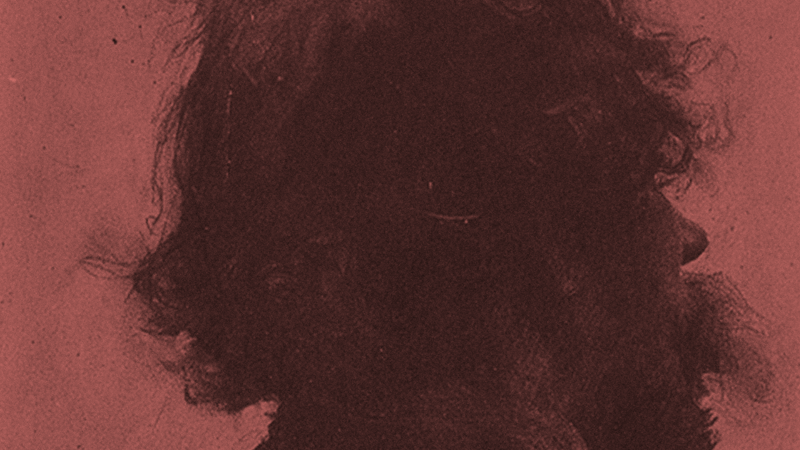opening: 12. 10.2017 o 18:00
duration: 13. 10. 2017 – 28. 1. 2018
curators: Ján Kovačič, Miroslav Kleban
East Slovak Gallery, Alžbetina 22
Through the work of visual artists, another thematic exhibition of the East Slovak Gallery will try to introduce the public to the way of life of Gypsies in the observed period context of the 19th and 20th centuries. The ethnic group living on the periphery has become a frequent subject of artists, mainly due to their sense of freedom and liberty. Motifs from the life of the Gypsies, traditional professions and livelihoods, various crafts, musical and spiritual culture (burial, divination, enchantment) served as the themes of figural compositions (mothers with children, musicians, Gypsy quarters, fun and relaxation), in which the Gypsy is captured. spirituality of the surviving moment.
Despite the fact that the Gypsies were moved to the periphery of society due to socio-political changes, the exhibition will try to present a historical-ethnographic sketch of the Gypsies' way of life in our territory through classical art types in confrontation with documentary photographic material. In the folklore of Slavic nations, the Roma occupied a relatively important place, such as Jews. Both ethnic groups, genetically foreign in Europe, differing in custom, language and appearance, have almost aroused the interest of the indigenous population. The result was also a number of cultural and mental characteristics, differences, stereotypes and prejudices applied in the mutual relations of the Roma and the majority population. The path to a lasting redress between the Roma and the Roma, as well as the improvement of overall coexistence, should lead precisely through the enlightenment and spiritual renewal of the Roma, as well as the majority population. The title of the exhibition finds its genesis in the Theresian period of the 18th century and appropriates the Latin word "Relegatus", which in translation means uttered. The marking on the body with the capital of the Latin name represented a relatively milder physical punishment for violating the nomadic ban. These efforts of Maria Theresa were to alleviate discriminatory measures and at the same time address the issue of nomadic Gypsies, who were to be expelled outside the monarchy.
The creation of a collection of works of fine art from the collections of Slovak cultural institutions will create a comprehensive thematic collection, which will offer the possibility of further historical, artistic and sociological analysis. The very concept of the exhibition does not have a binding geographical definition, as the gypsies' own way of life is not tied to a specific place, and therefore the exhibition presents works from several cultural regions with a varied selection of authorship. The theme of the Gypsy ethnic group in Slovak fine art is specific to individual authorial approaches, which are based either on emotional attachment (Ladislav Mednyánszky), popularity of the genre (Jozef Bendík), confirmation of one's identity in insit position (Rudolf Dzurko, Imrich Oravecz), or on the social aspect of the periphery. (Konstantin Bauer, Anton Jaszusch, Milan Mravec). Last but not least, the exhibition follows the attitude and opinion of artistic society towards Gypsies as a minority, from the idealized idea of external expression to expressively tuned works with a social undertone and a deeper psychological probe. In the artistic-historical context, the exhibition project represents the first more comprehensive attempt to present the given topic through the interpretive levels of individual works.




